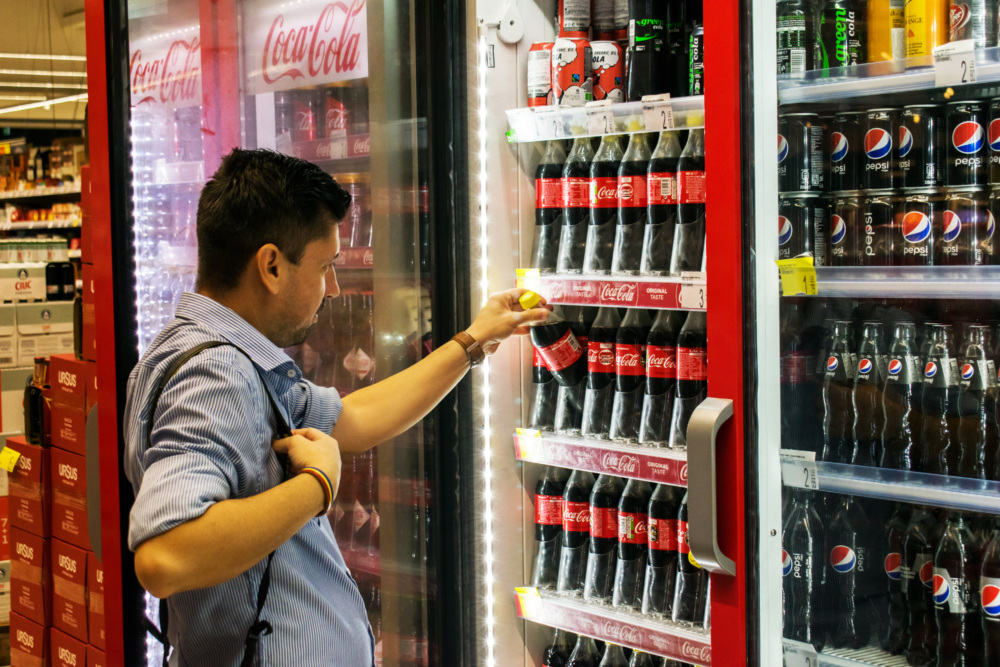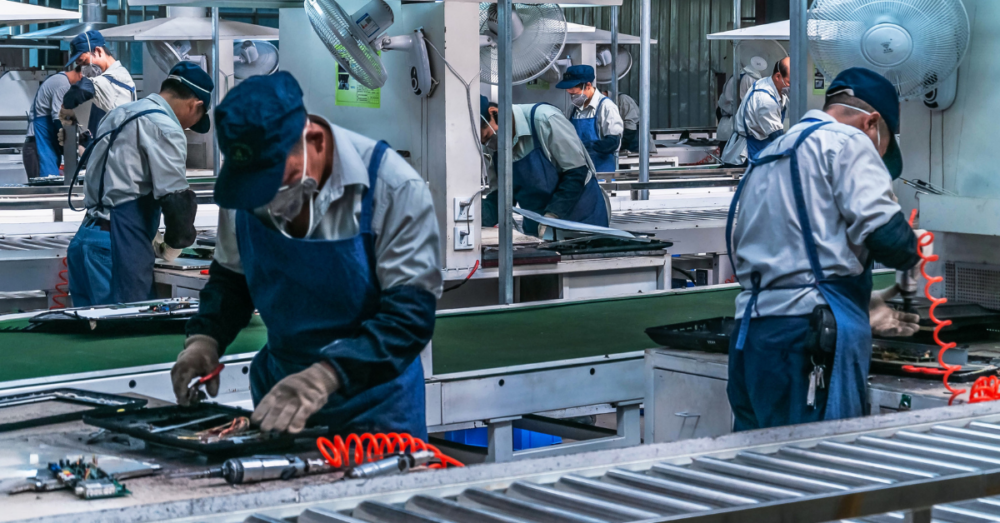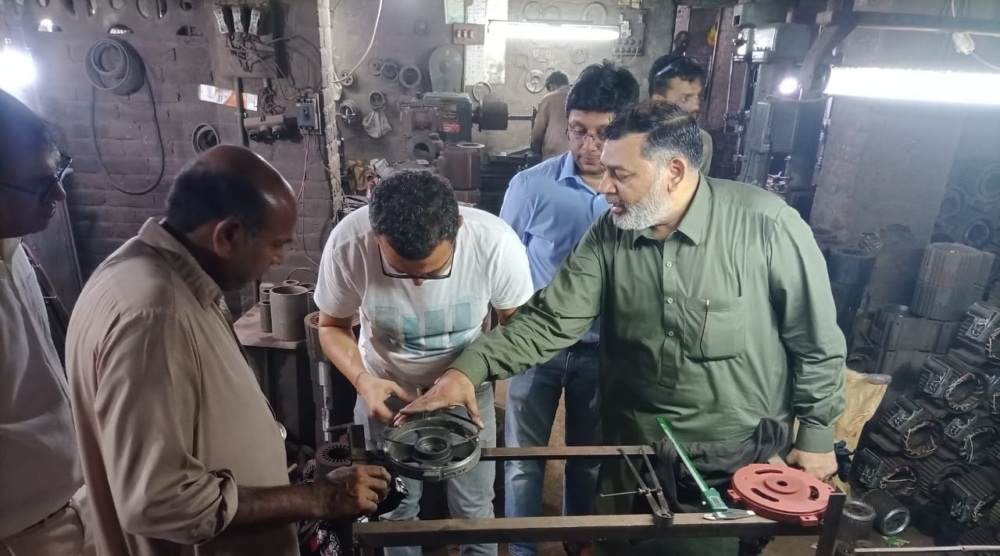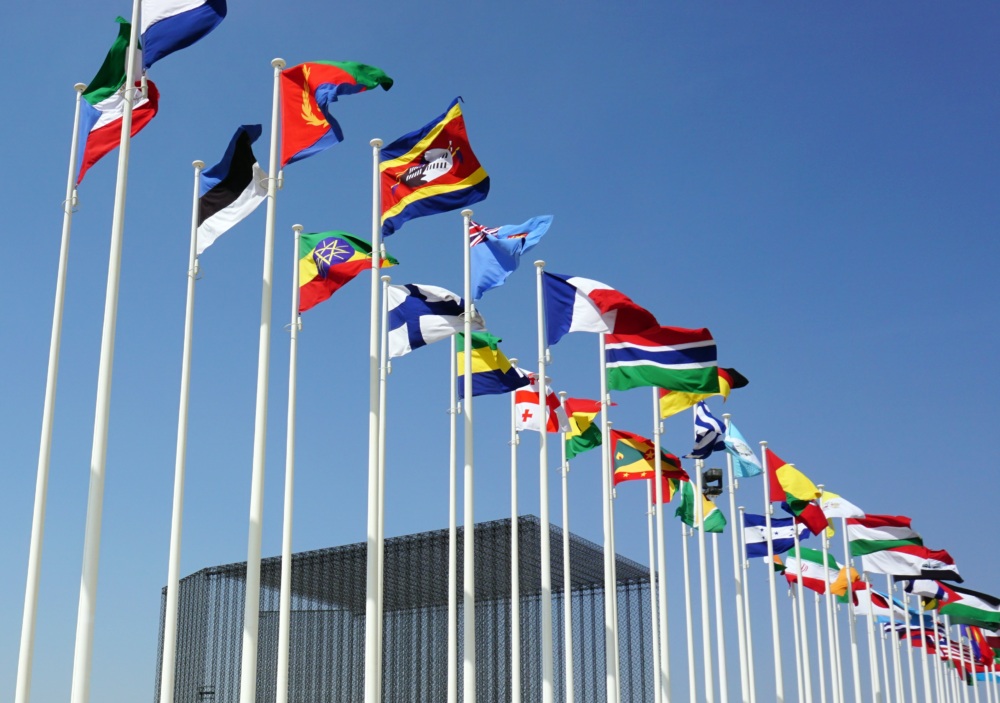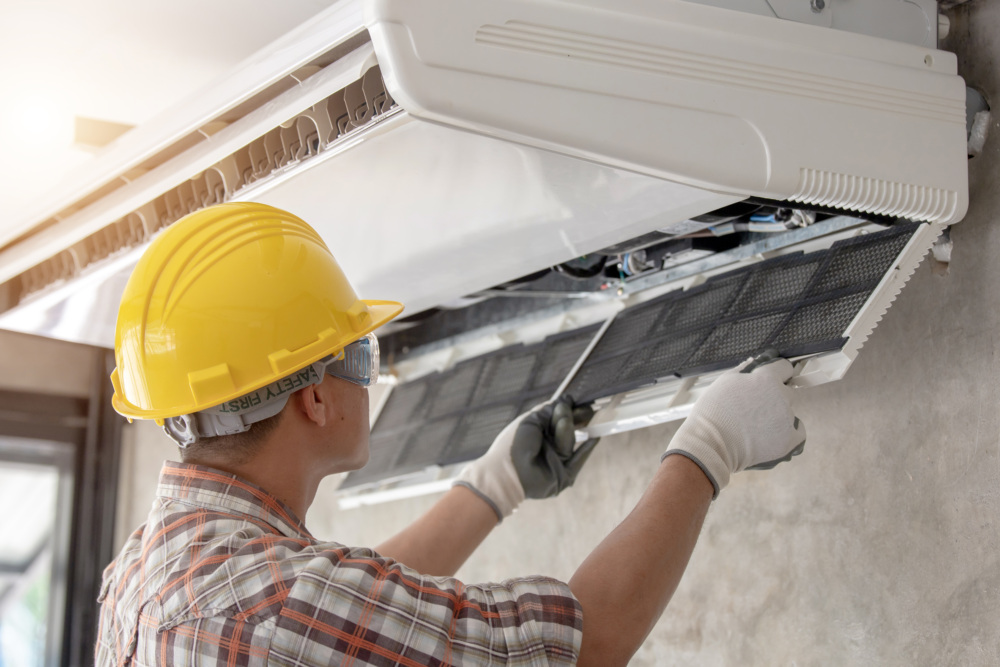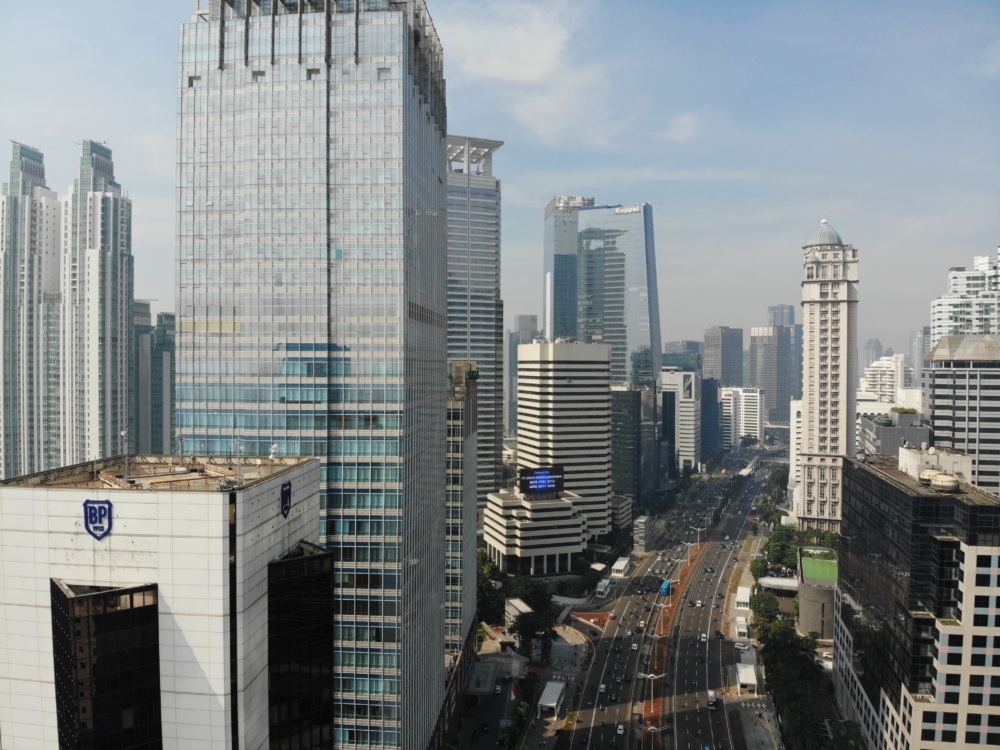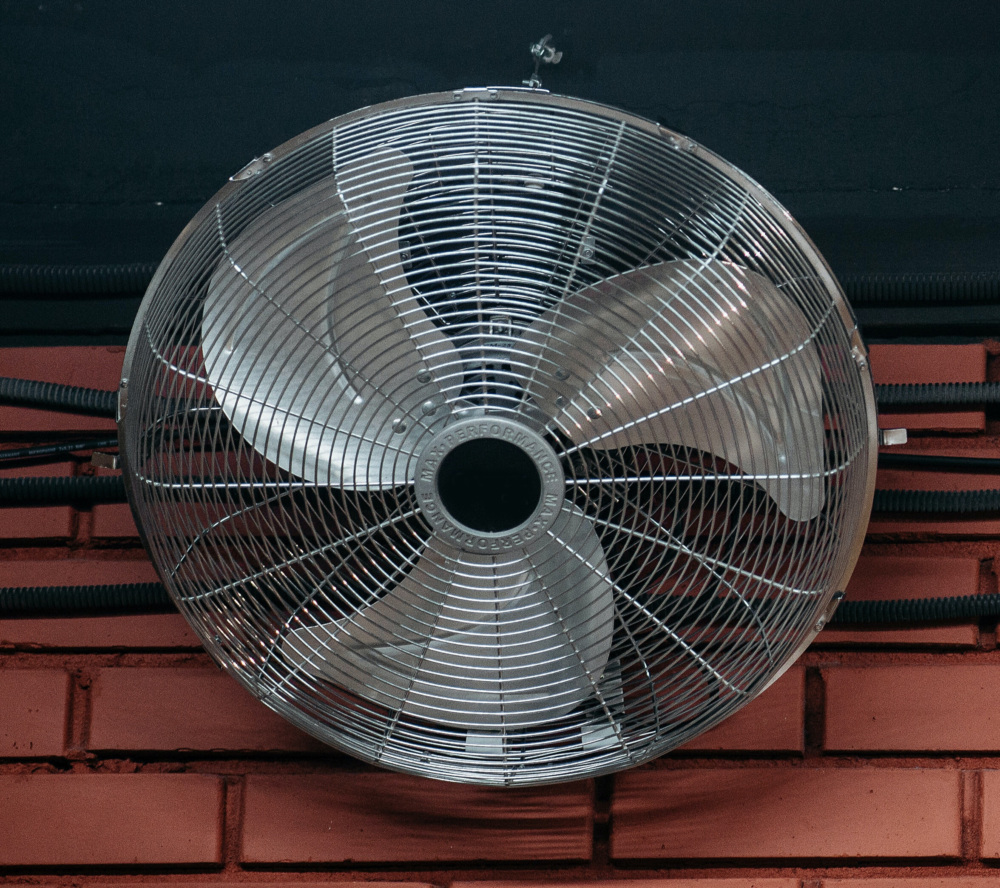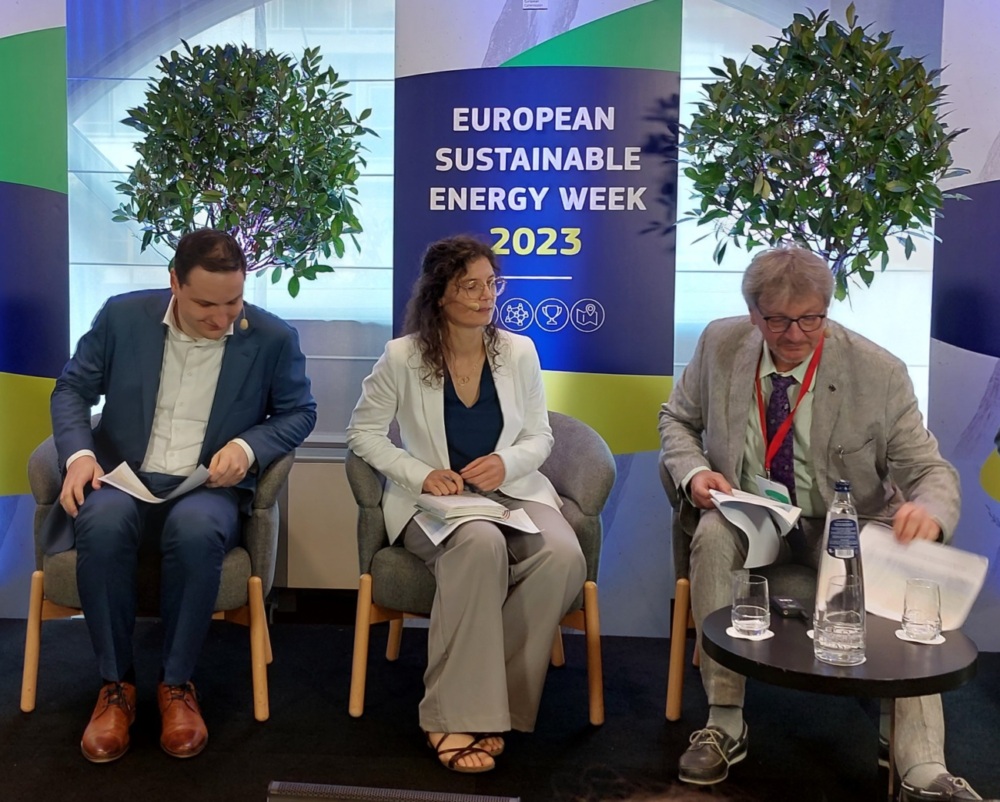New Efficiency Policies in India Could Avoid 15 Mt of CO₂ by 2030
India’s Bureau of Energy Efficiency recently adopted voluntary energy efficiency policies for air compressors and ultra-high-definition televisions. This initiative aims to reduce the energy consumption and climate impacts attributed to such products, and increase savings for consumers via electricity bills.
In January 2021, the Bureau of Energy Efficiency (BEE) introduced voluntary efficiency policies for air compressors and ultra-high-definition (UHD) televisions with a focus on reduced energy consumption and cost savings for consumers. CLASP supported the development of these policies through collection and analyses of market and performance data, modeling of project impact under various policy scenarios, and facilitation of technical review meetings.
The air compressor and UHD television policies encourage manufacturers to apply immediately and adopt the well-established 5-star energy efficiency label system for models that meet specific efficiency levels. Estimates indicate that these policies will avoid 18.2 terawatt-hours (TWh) of electricity demand and 15 million metric tons of carbon dioxide emissions cumulatively by 2030. The policies maintain that label usage is optional but encouraged. To put this into perspective, 18 TWh is 2.2 million tons of coal saved.
About the Appliances
Air compressors are used across geographies to help convert electricity, gas or fuel into pressurised air for a plethora of applications across industrial, agricultural, and pharmaceutical domains. From inflating tires to spray paint cans to fountains, there are a lot of uses for air compressors. Studies show that air compressors used in India’s industrial sector are highly inefficient, with a conversion of only 10-30% of power to useful work. The remainder is lost to factors such as heat, friction, noise and more. Enabling market transformation to adapt to efficient air compressors and increasing the availability of better performing models will help reduce associated energy use. Further, greenhouse gas emissions will also be avoided from the electricity or liquid fuels used to operate them.
In India, televisions are more than a means of entertainment. Large sections of the population also rely on televisions for education and information. The emergence of newer technology with higher resolution is commonly known as ultra-high-definition (UHD). Recent UHD television models are indicating higher energy consumption levels than preceding models in part due to superior image quality and higher resolution. Karthik B., a recent customer of Reliance Digital Store in Bangalore, India said, “UHD was an obvious choice for me when buying a television solely because of its superior image quality. Power savings was not a priority at the time.” It is increasingly apparent that while UHD televisions are popular, there is a need for consumers to access information on energy performance to help make informed purchasing decisions.
Appliance energy efficiency is a widely proven and cost-effective means of reducing climate emissions. To this end, at COP26 in November 2021, the Indian government committed to reducing energy intensity of the economy by 45% by 2030 through improvements in appliance energy efficiency, among other objectives.
These new policies add to BEE’s diverse efficiency policy portfolio covering 28 product types under a 5-tier energy policy framework, popularly recognized by its slogan, “More Stars, More Savings.” In the coming years, CLASP looks forward to supporting the BEE to achieve India’s 2030 efficiency targets and 2070 goal of reaching net-zero.
CLASP’s role in the development of the air compressor and UHD television policies was supported by the John D. and Catherine T. MacArthur Foundation.
We encourage you to explore the following resources for more on appliance markets and efficiency policy in India:
- India’s air compressor policy report
- India’s strides towards energy efficiency
- Five papers that examine appliance ownership, usage and policy in India

